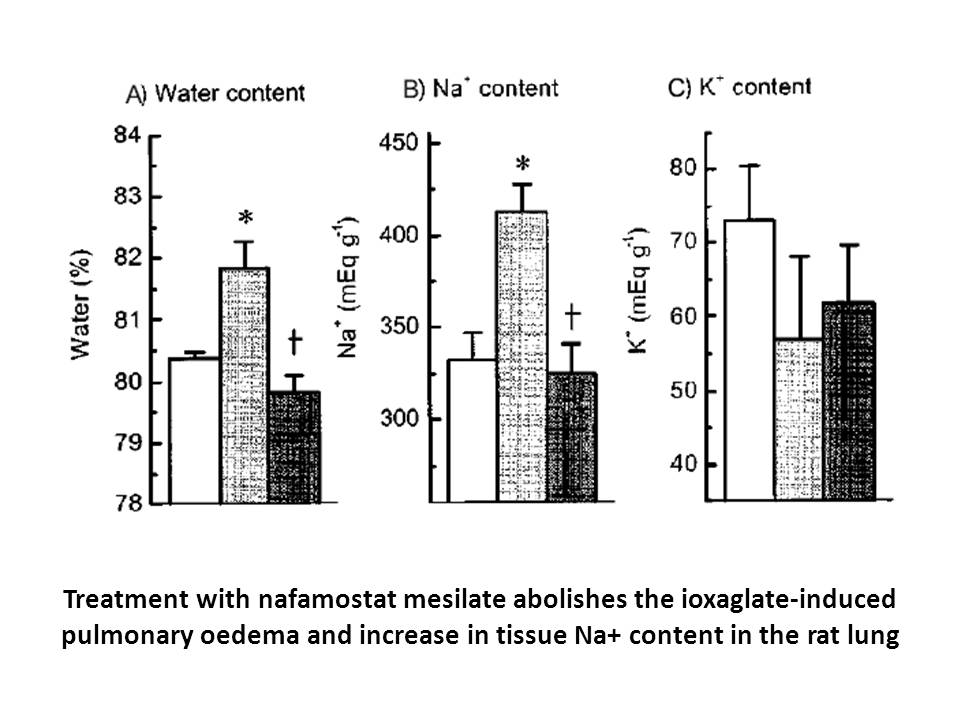Archives
Ginsenosides are the major bioactive constituents of the Pan
Ginsenosides are the major bioactive constituents of the Panax ginseng root, which contain many types of ginsenosides including Rb1, Rg1, Rc, and Rg3. The ginsenoside Rb1 appears to be the most abundant of the bioactive ginsenosides [15]. Rb1 exhibits antiinflammatory, anticarcinogenic, and antioxidant activities [16], [17], [18], [19], [20]. For example, Rb1 decreased TLR4 mRNA expression, production of tumor necrosis factor-α, and pathological changes in hepatic and lung tissues in septic rats [16], [17], [18], [19], [20]. Rb1 and its metabolite, compound K, significantly diminished the activation of interleukin-1 receptor-associated kinase-1, nuclear factor-κB, and MAPKs, and the production of inflammatory cytokines in macrophages stimulated with LPS [16], [17], [18], [19], [20]. These observations suggest that Rb1 may have beneficial effects in acute inflammatory conditions such as bacterial infection. In this study, we investigated whether Rb1 can increase macrophage phagocytosis of bacteria and the related intracellular signaling pathways.
Materials and methods
Results
Discussion
Phagocytic processes require finely controlled AS 602801 australia cytoskeletal remodeling for the internalization of foreign particles and phagosome maturation [1], [3]. p38 MAPK is involved in the reorganization of the actin cytoskeleton, which is essential for cell migration and internalization of bacteria [6], [10]. In this study, ginsenoside Rb1 increased phagocytosis of bacteria in cultured macrophages and in the mouse lung. Rb1 dose-dependently increased p38 MAPK in cultured macrophages, in parallel with enhanced engulfment of bacteria. However, inhibition of Rb1-induced activation of p38 MAPK by pharmacologic inhibitors or siRNA targeting p38α MAPK suppressed the increase in macrophage phagocytosis. These results showed that the Rb1-induced increase in p38 MAPK activity was involved in the enhanced phagocytic uptake of bacteria by macrophages. This is consistent with previous observations that activation of p38 MAPK by various agents increases the phagocytic ability of macrophages, but inhibition of p38 MAPK activation suppresses macrophage bacterial phagocytosis [6], [7], [14].
TAK1 is a member of the serine/threonine protein kinase family and is activated in response to a diverse range of intracellular or extracellular stimuli. It is a major upstream signaling molecule of MKK3/6–p38 MAPK [26]. In this study, Rb1 increased the activation of MKK3/6, but addition of the TAK1 inhibitor (5Z)-7-oxozeaenol to macrophage cultures inhibited Rb1-mediated activation of MKK3/6 and p38 MAPK and internalization of bacteria. Stimulation of TLRs activates the MyD88-dependent pathway, which results in activation of TAK1 [27], [28]. A previous study demonstrated that activation of the bacterial-mediated TLR-p38 MAPK pathway is important for bacterial phagocytosis [29]. Recognition of E. coli by TLR4 promotes activation of the MyD88-p38 MAPK pathway in macrophages, which leads to the internalization of bacteria and phagosome maturation. Macrophages from TLR or MyD88 knockout mice were impaired in engulfment of bacteria compared to wild-type macrophages, similar to the addition of p38 inhibitors to macrophage cultures [29]. These results suggest that Rb1-induced activation of the TAK1–p38 MAPK pathway may potentiate the phagocytic ability of macrophages induced by the bacterial-mediated TLR4–p38 MAPK pathway, although it is presently unclear whether Rb1 directly affects the activation of TLR or MyD88.
PI3K regulates the internalization of various types of particles including IgG-opsonized particles, apoptotic cells, zymosan, and bacteria [30], [31]. Akt is a serine -threonine kinase and downstream target of the PI3K pathway, which regulates macrophage survival, migration, polarization, and response to extracellular stimuli including inflammatory signals [23]. A recent study showed that ginsenoside Rb1 enhanced the activation of PI3K/Akt and protected against neuronal cell death induced by ischemic insults [32]. In fact, macrophages transfected with a constitutively active form of Akt showed enhanced Fc-receptor–mediated phagocytosis [33]. Macrophages from phosphatase and tensin homolog knockout mice displayed enhanced Akt activity and a subsequent increase in phagocytic ability [34]. In our experiments, Rb1 increased Akt phosphorylation in macrophages, but phagocytosis was suppressed by inhibiting PI3K/Akt activation with the PI3K inhibitor LY294002 or siRNA targeting Akt. These results indicate that the PI3K/Akt pathway is involved in the Rb1-induced increase in macrophage phagocytosis. Next, we investigated the interplay between the p38 MAPK and PI3K/Akt pathways in our experimental setting. A previous study demonstrated that p38 MAPK activation in MAPK phosphatase-1 deficient macrophages resulted in PI3K/Akt activation [35]. Deficiency of p38α MAPK inhibited Akt activation in macrophages, which resulted in endoplasmic reticulum stress–induced macrophage apoptosis [36]. In this study, Rb1-induced Akt activation was suppressed by inhibition of the p38 MAPK pathway. However, inhibition of PI3k/Akt activation by LY294002 or siRNA targeting Akt did not block Rb1-induced p38 MAPK activation. These results suggest that PI3K/Akt acts downstream of p38 MAPK in the Rb1-induced phagocytic pathway in macrophages.
-threonine kinase and downstream target of the PI3K pathway, which regulates macrophage survival, migration, polarization, and response to extracellular stimuli including inflammatory signals [23]. A recent study showed that ginsenoside Rb1 enhanced the activation of PI3K/Akt and protected against neuronal cell death induced by ischemic insults [32]. In fact, macrophages transfected with a constitutively active form of Akt showed enhanced Fc-receptor–mediated phagocytosis [33]. Macrophages from phosphatase and tensin homolog knockout mice displayed enhanced Akt activity and a subsequent increase in phagocytic ability [34]. In our experiments, Rb1 increased Akt phosphorylation in macrophages, but phagocytosis was suppressed by inhibiting PI3K/Akt activation with the PI3K inhibitor LY294002 or siRNA targeting Akt. These results indicate that the PI3K/Akt pathway is involved in the Rb1-induced increase in macrophage phagocytosis. Next, we investigated the interplay between the p38 MAPK and PI3K/Akt pathways in our experimental setting. A previous study demonstrated that p38 MAPK activation in MAPK phosphatase-1 deficient macrophages resulted in PI3K/Akt activation [35]. Deficiency of p38α MAPK inhibited Akt activation in macrophages, which resulted in endoplasmic reticulum stress–induced macrophage apoptosis [36]. In this study, Rb1-induced Akt activation was suppressed by inhibition of the p38 MAPK pathway. However, inhibition of PI3k/Akt activation by LY294002 or siRNA targeting Akt did not block Rb1-induced p38 MAPK activation. These results suggest that PI3K/Akt acts downstream of p38 MAPK in the Rb1-induced phagocytic pathway in macrophages.